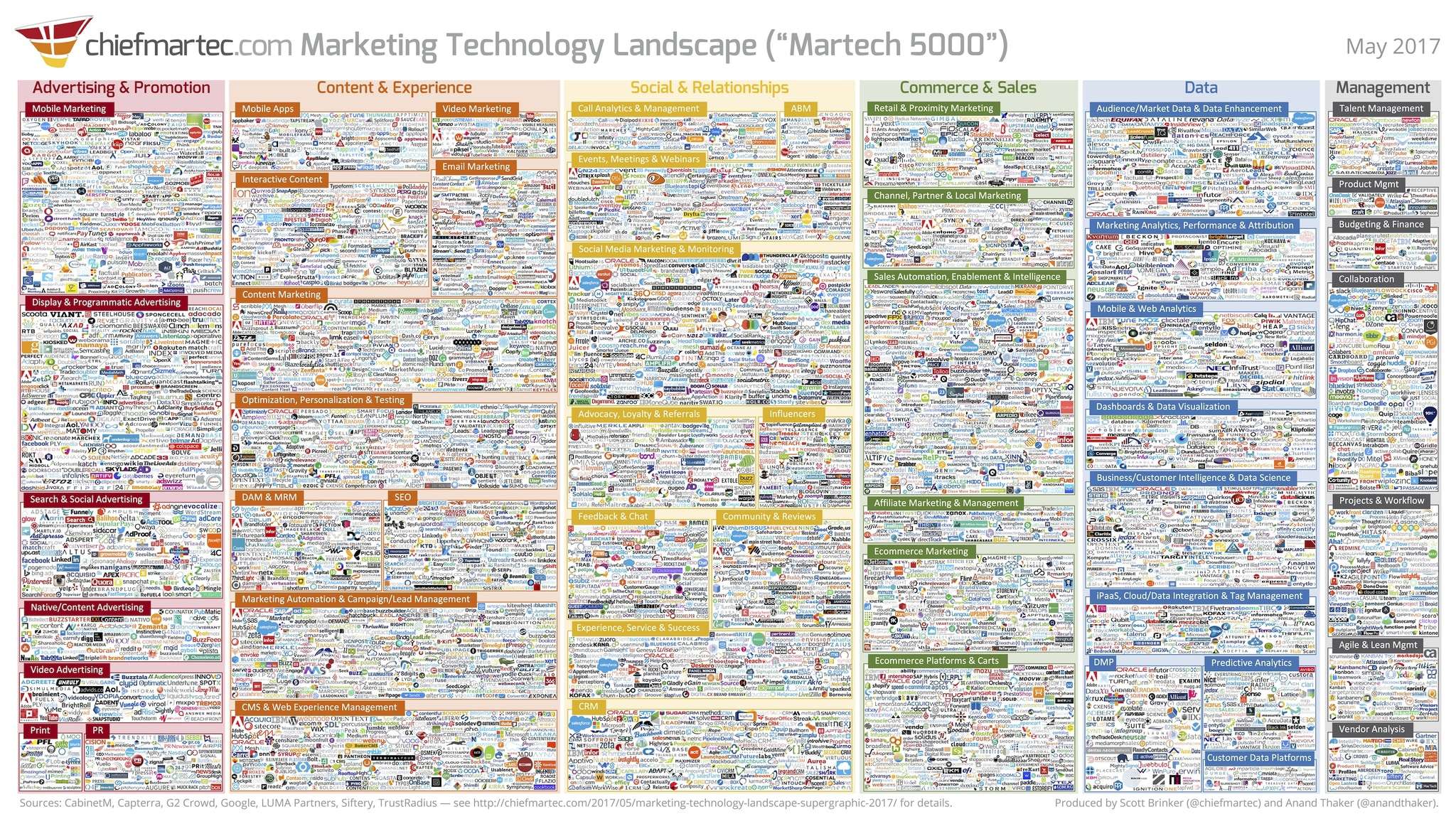Marketing attribution is the process of giving credit of a conversion to a marketing touchpoint. With giving credit to a specific channel, this enables marketers to pinpoint the webpage, campaign, blog post, social channel was responsible for the customer conversion.
Having marketing attribution is very useful for understanding how users are interacting with different channels before converting. For marketers, this is useful in valuing marketing channels and understanding customer behaviors.
However, in a December 2017 DemandGen Report, it concluded that 91% of marketers agree that measurement is a top priority.
In this tutorial, we’ll explain what is marketing attribution, unpack why it’s important and provide an overview on the different attribution models.
What is Marketing Attribution
As aforementioned, marketing attribution is the model in which marketers can credit the conversion to a specific marketing touchpoint. These touchpoints can include:
- Earned Media Campaigns
- Blog Posts
- White Paper
- Paid Search and Display
- Product Pages
- Social Channels
- Email Marketing
- Events and Tradeshows
- Webinars
Marketing attribution is meant to show specific impact on pipeline and revenue generation. As marketers push to become more data-driven and strategic in their efforts against the educated buyer, they need to tie their campaigns back to what matters most for businesses: the bottom line.
Here’s an example of a buyer’s journey and marketing attribution:
-
Annie searches for guitars on Google and clicks through a search result for guitars.com. She browses a few sites and finds a guitar she likes but doesn’t much a purchase.
-
She continues searching online and finds a guitar review site that mentions the guitar she was previously looking at and clicks through to guitars.com. Still not ready for the purchase, but she signs up for a newsletter.
-
A few days later Annie gets an email from guitars.com and clicks through from the email and makes her purchase.
This is an example of three different channels: Google (organic search), the guitar review site (referral) and email (clicking-through from the email). Each of these channels can take credit for the conversion.
Marketing Attribution Models
There are three main models for marketing attribution that are adopted by marketing teams:
- First-Touch: refers to the first channel that a user interacted with before converting on your site. It is also known as first-click and first-interaction.
This can be anything from organic search to email, etc. First-Touch credits the conversion to the first activity, so regardless if the customer came to your site through organic search and ultimately converted via an email, first-touch credits the conversion to organic search.
- Last-Touch: refers to the last channel that a user interacted with before converting with your product/business.
So, using the example above, the conversion credit would fall to the email click-through as the final touchpoint before conversion.
- Multi-Touch: Multi-Touch assess the value of each touchpoint leading to conversion. So if a user finds you through search, comes back through a referral link and then clicks-through from an email—Multi-Touch will take into consideration all three of those touchpoints for conversion. Each touchpoint is then weighted with a score and then given a value.
Why Marketing Attribution Important
Below is a well-known image to today’s marketers:
 Source: Chiefmartec.com
Source: Chiefmartec.com
To say the least, the marketing technology landscape has exploded, and will continue to grow for years to come. With this explosion of data coming from disparate sources, channels and campaigns, the push for marketing attribution is more important than ever.
If marketers want to prove a quantifiable Return on Investment (ROI) to their campaigns, content and channels, marketing attribution has to be put into place.